NASA just released 1,035 new images of Mars — here are some of the best0
- From Around the Web, Space
- November 24, 2016
Mars, despite being nicknamed the red planet, has a large verity of different colors on its surface.
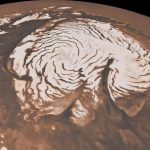
Mars, despite being nicknamed the red planet, has a large verity of different colors on its surface.
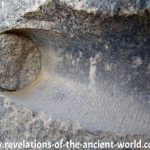
These images are the ultimate proof that ancient builders had access —thousands of years ago— to advanced technology that allowed them to drill granite with extreme facility. The marks left behind have caused great confusion among mainstream scholars. Are these the remains of a lost pre-flood civilization? Interestingly, similar drilling holes are not only found in Egypt, but in the Americas, Asia, and other parts of the world.

Investigators puzzled by what was in sky that forced pilots to take evasive action on way into Toronto.
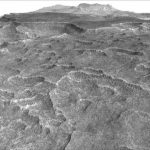
Frozen beneath a region of cracked and pitted plains on Mars lies about as much water as what’s in Lake Superior, largest of the Great Lakes, a team of scientists led by The University of Texas at Austin has determined using data from NASA’s Mars Reconnaissance Orbiter.
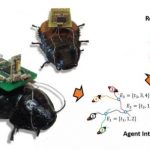
Researchers at North Carolina State University have developed a combination of software and hardware that will allow them to use unmanned aerial vehicles (UAVs) and insect cyborgs, or biobots, to map large, unfamiliar areas — such as collapsed buildings after a disaster.
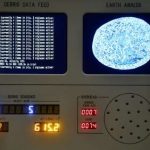
The mass of “space junk” orbiting the Earth poses a serious threat to future exploration, a British scientist said on Friday at the launch of a project to raise awareness of the issue.

The Hybrid Assisted Limb (HAL) robotic suit has passed German safety tests, increasingly the chances of it being sold in other parts of Europe.

With this new device, you can now have your touch screen displayed right on your arm.
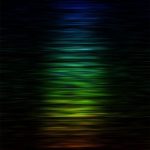
Fast radio bursts, or FRBs, are mysterious flashes of radio waves originating outside our Milky Way galaxy. A team of scientists, jointly led by Caltech postdoctoral scholar Vikram Ravi and Curtin University research fellow Ryan Shannon, has now observed the most luminous FRB to date, called FRB 150807.
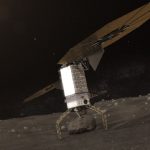
NASA appears to be serious about its ambitious Asteroid Redirect Mission (ARM) that was being discussed last year.